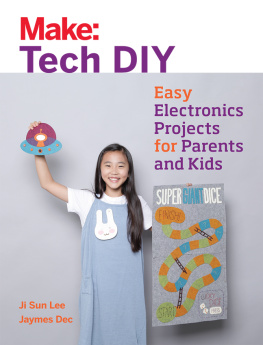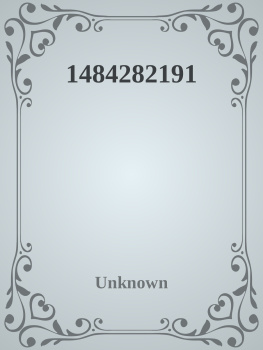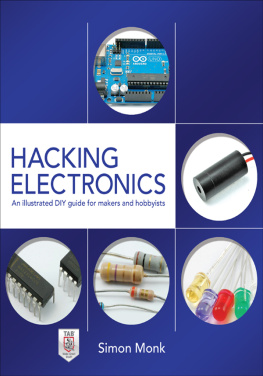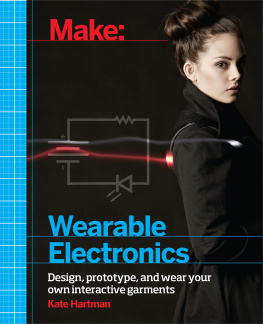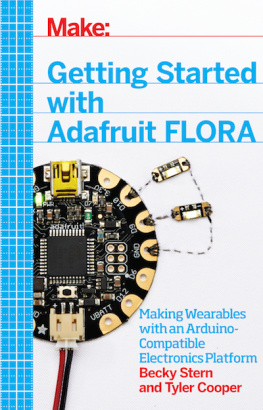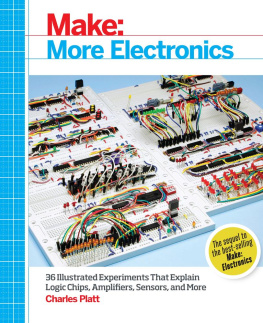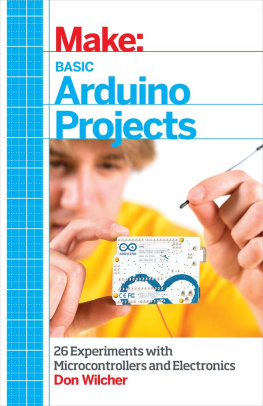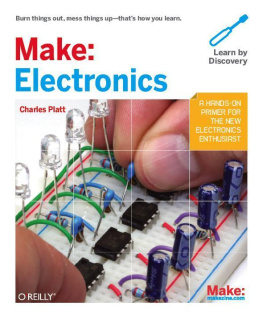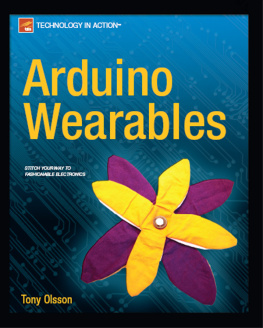Contents
Guide
Page List
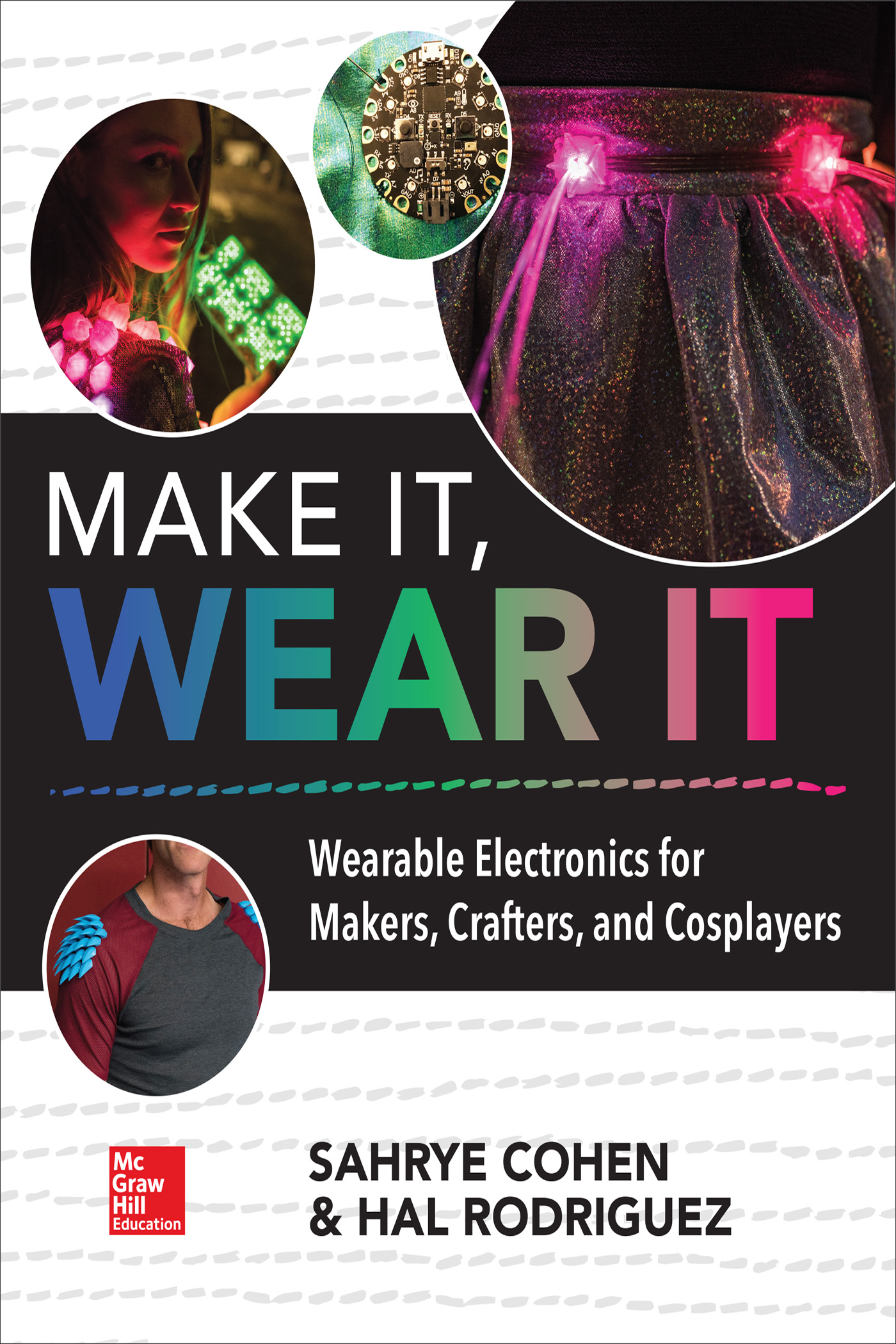

Copyright 2018 by McGraw-Hill Education. All rights reserved. Except as permitted under the United States Copyright Act of 1976, no part of this publication may be reproduced or distributed in any form or by any means, or stored in a data base or retrieval system, without the prior written permission of the publisher.
ISBN: 978-1-26-011616-8
MHID: 1-26-011616-6
The material in this eBook also appears in the print version of this title: ISBN: 978-1-26-011615-1,
MHID: 1-26-011615-8.
eBook conversion by codeMantra
Version 1.0
All trademarks are trademarks of their respective owners. Rather than put a trademark symbol after every occurrence of a trademarked name, we use names in an editorial fashion only, and to the benefit of the trademark owner, with no intention of infringement of the trademark. Where such designations appear in this book, they have been printed with initial caps.
McGraw-Hill Education eBooks are available at special quantity discounts to use as premiums and sales promotions or for use in corporate training programs. To contact a representative, please visit the Contact Us page at www.mhprofessional.com.
Information contained in this work has been obtained by McGraw-Hill Education from sources believed to be reliable. However, neither McGraw-Hill Education nor its authors guarantee the accuracy or completeness of any information published herein, and neither McGraw-Hill Education nor its authors shall be responsible for any errors, omissions, or damages arising out of use of this information. This work is published with the understanding that McGraw-Hill Education and its authors are supplying information but are not attempting to render engineering or other professional services. If such services are required, the assistance of an appropriate professional should be sought.
TERMS OF USE
This is a copyrighted work and McGraw-Hill Education and its licensors reserve all rights in and to the work. Use of this work is subject to these terms. Except as permitted under the Copyright Act of 1976 and the right to store and retrieve one copy of the work, you may not decompile, disassemble, reverse engineer, reproduce, modify, create derivative works based upon, transmit, distribute, disseminate, sell, publish or sublicense the work or any part of it without McGraw-Hill Educations prior consent. You may use the work for your own noncommercial and personal use; any other use of the work is strictly prohibited. Your right to use the work may be terminated if you fail to comply with these terms.
THE WORK IS PROVIDED AS IS. McGRAW-HILL EDUCATION AND ITS LICENSORS MAKE NO GUARANTEES OR WARRANTIES AS TO THE ACCURACY, ADEQUACY OR COMPLETENESS OF OR RESULTS TO BE OBTAINED FROM USING THE WORK, INCLUDING ANY INFORMATION THAT CAN BE ACCESSED THROUGH THE WORK VIA HYPERLINK OR OTHERWISE, AND EXPRESSLY DISCLAIM ANY WARRANTY, EXPRESS OR IMPLIED, INCLUDING BUT NOT LIMITED TO IMPLIED WARRANTIES OF MERCHANTABILITY OR FITNESS FOR A PARTICULAR PURPOSE. McGraw-Hill Education and its licensors do not warrant or guarantee that the functions contained in the work will meet your requirements or that its operation will be uninterrupted or error free. Neither McGraw-Hill Education nor its licensors shall be liable to you or anyone else for any inaccuracy, error or omission, regardless of cause, in the work or for any damages resulting therefrom. McGraw-Hill Education has no responsibility for the content of any information accessed through the work. Under no circumstances shall McGraw-Hill Education and/or its licensors be liable for any indirect, incidental, special, punitive, consequential or similar damages that result from the use of or inability to use the work, even if any of them has been advised of the possibility of such damages. This limitation of liability shall apply to any claim or cause whatsoever whether such claim or cause arises in contract, tort or otherwise.
About the Authors
Sahrye Cohen is the co-founder and chief designer of the tech couture design group, Amped Atelier. She teaches workshops on wearable electronics for costumers and cosplayers and has published articles on 3D printing in Make: magazine and on cosplay techniques in The Virtual Costumer.
Hal Rodriguez is a maker and programmer based in the San Francisco Bay Area. He is the co-founder and chief technologist of the tech couture design group, Amped Atelier. He has over 20 years of programming experience and has published articles on 3D printing in Make: magazine.
Contents
Acknowledgments
THANK YOU TO THE EDITORS AND STAFF AT MCGRAW-HILL TAB FOR YOUR INTEREST AND professionalism in guiding this book to completion. Fantastic maker Alison Lewis provided some excellent advice at the start of this project; and Shannon Hoover, Maria Elena Hoover, and the community at MakeFashion really helped us get started making fashion tech. Our wonderful models, Jade Rose, Monica Jackson, Ky Faubion, and G.G., brought the projects beautifully to life. Many thanks to Jason Martineau for his artistry and wonderful photography. Thanks also to Galeet Cohen, Talia Timmins, and Holly Costa for help in organizing, proofreading, and general encouragement.
CHAPTER 1
Introduction
WITH WEARABLE TECHNOLOGY, YOU CAN MAKE FUNCTIONAL, USEFUL, AND BEAUTIFUL GARMENTS that become an interface, connecting people to other people and promoting meaningful interactions between individuals and the whole of the world around them. Clothes become another part of the digital world, interacting with smartphone applications and social media views and giving onlookers a glimpse into your personality, your mood, and even your thoughts. In this book weve designed projects that combine electronics with modern fabrication technology such as 3D printers and laser cutters to produce wearable projects that a few years ago were only accessible to major designers and fashion houses. Using home machines and shared makerspaces, you can make personalized clothing and accessories that bring the imaginings of a science fiction future to today.
Electronics, whether a simple light-up circuit or a complex programmed design, can create visual interest and fun interactive clothing. Want to play video games directly on your clothes? The Gamer Girls dresses by Phi Designs uses programmable lights for two players to play against each other right on the front of the dresses ().
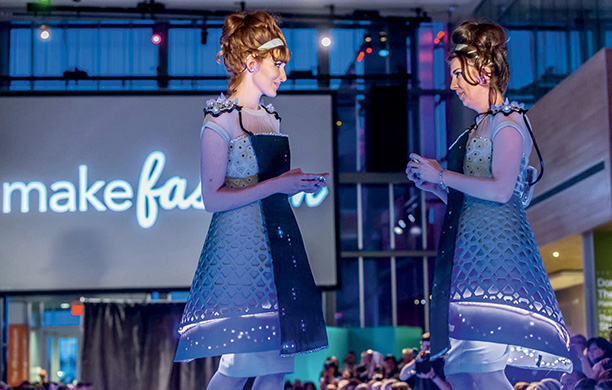
Figure 1.1 Gamer Girl dresses by Phi Designs use microcontrollers and addressable light-emitting diodes (LEDs) to play a video game right on the wearers dress. (Courtesy of Ernesto Augustus at the Make Fashion Gala, 2016)
Other clothes can interact with social media, using smartphone applications and microprocessors to display words from Twitter or other social platforms. Reflections, designed by Amped Atelier, uses a smartphone app to scroll words on the front of an evening gown ().

Figure 1.2 Connecting LEDs with a smartphone app allows clothes to display words, animations, and even social media connections. (


